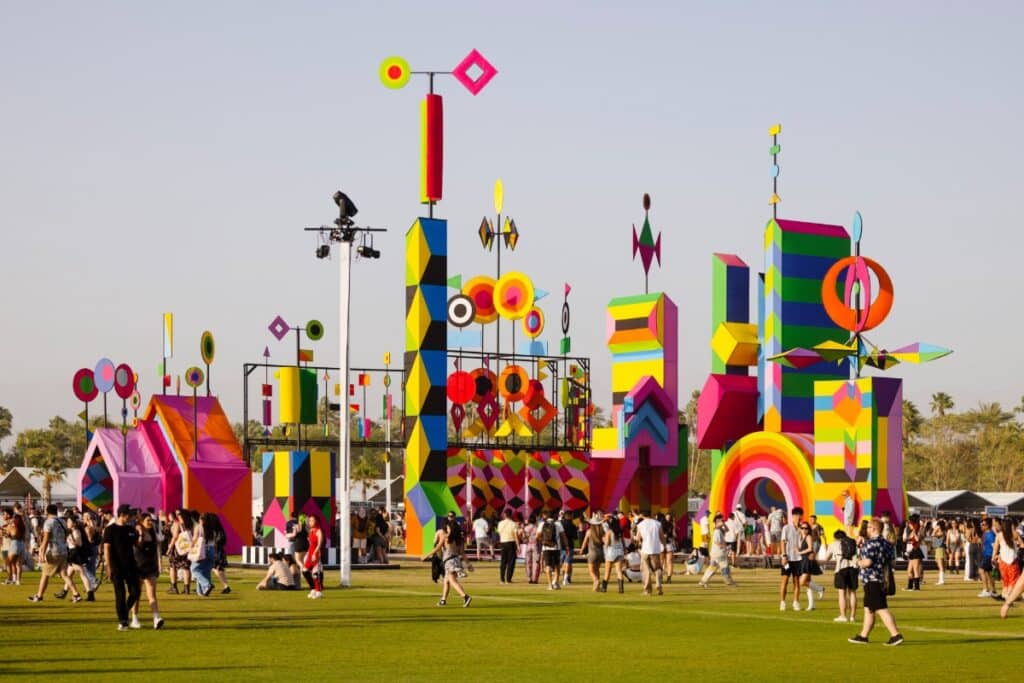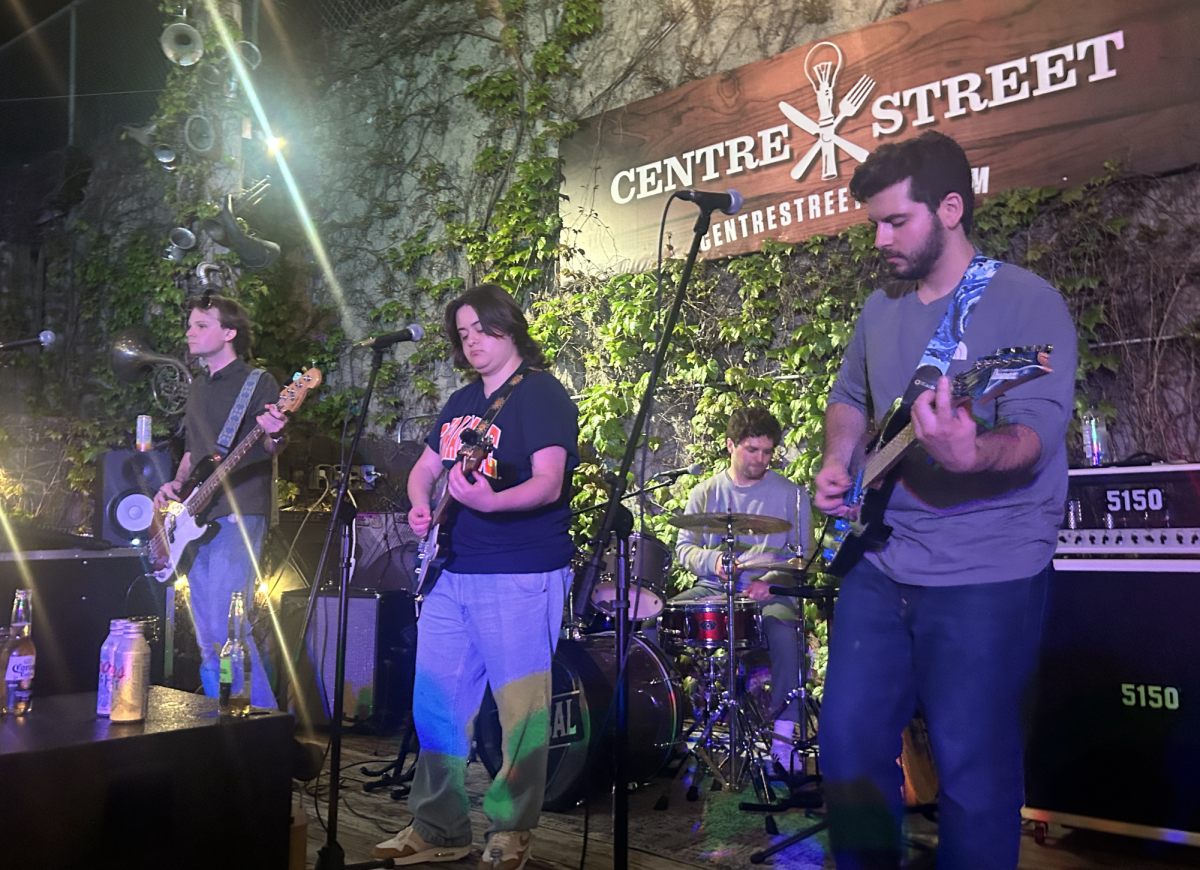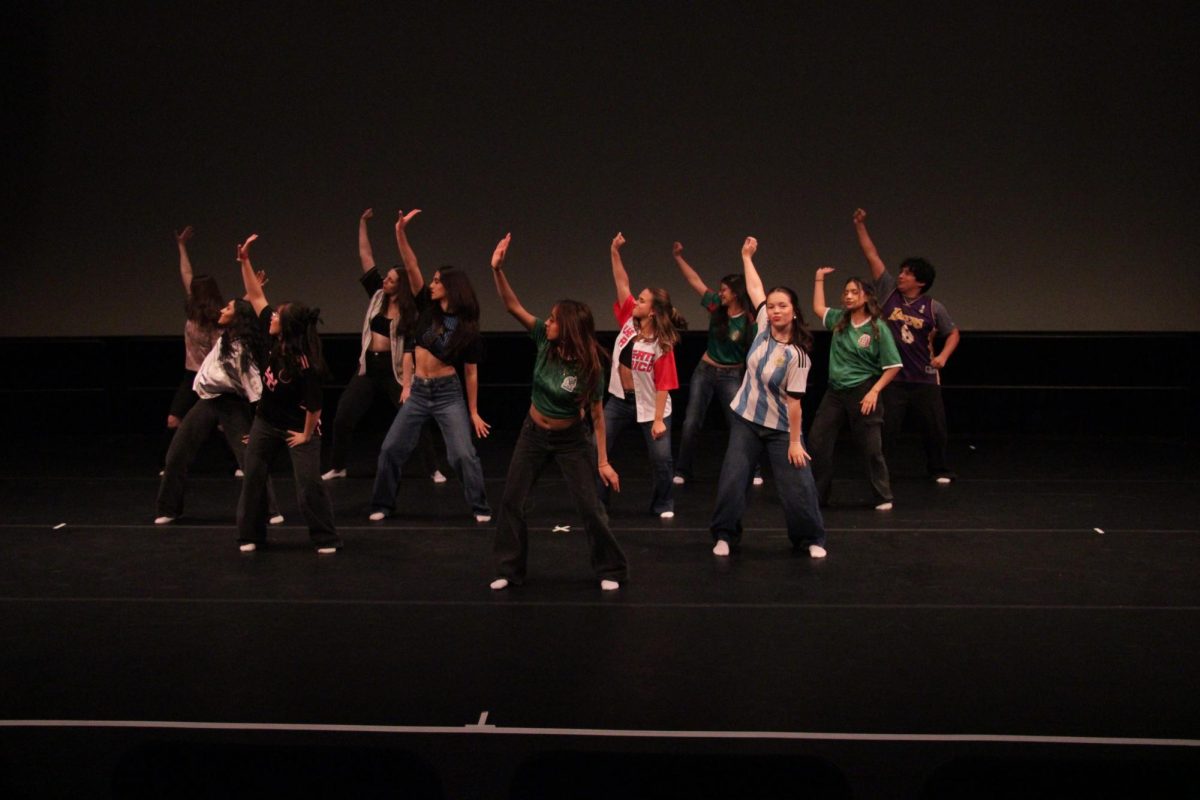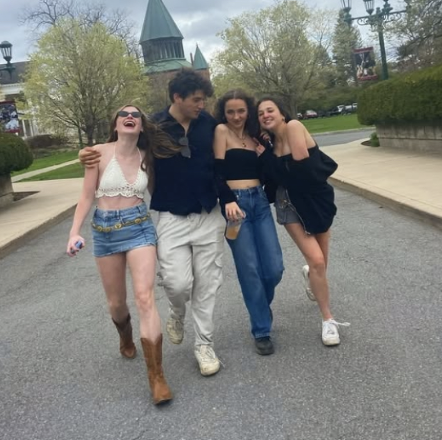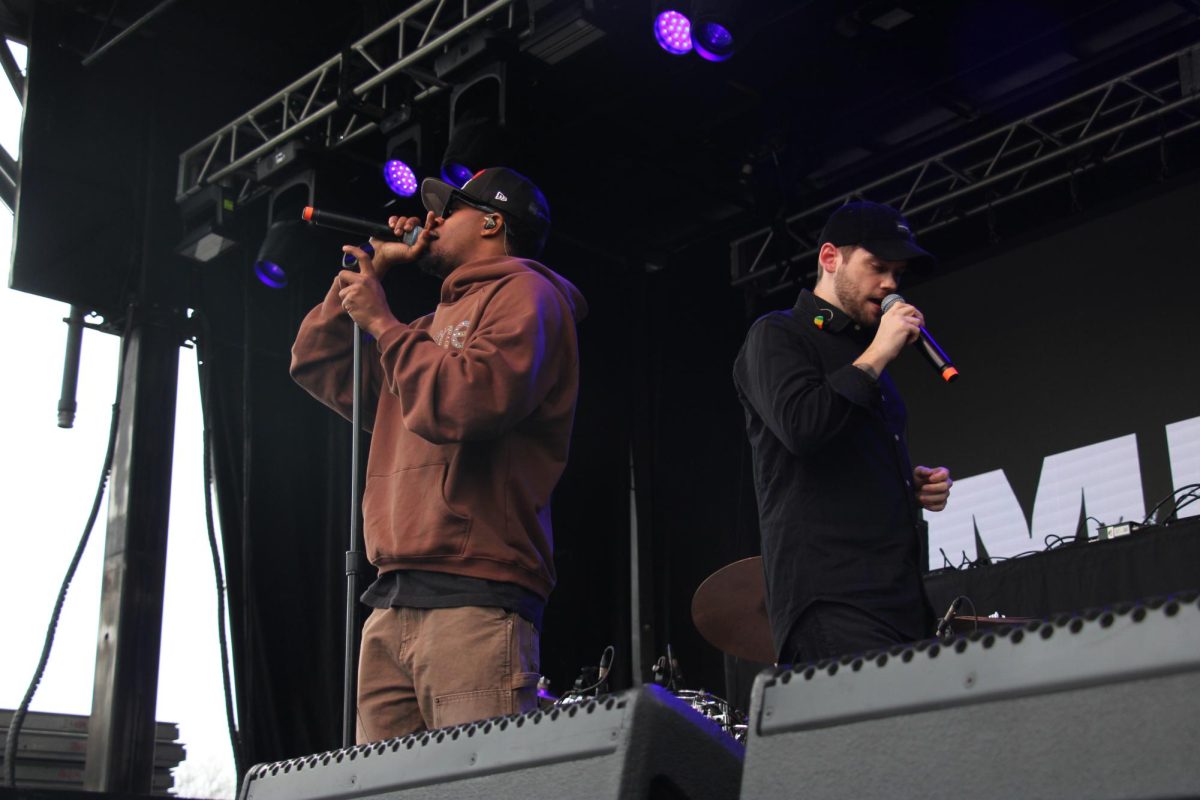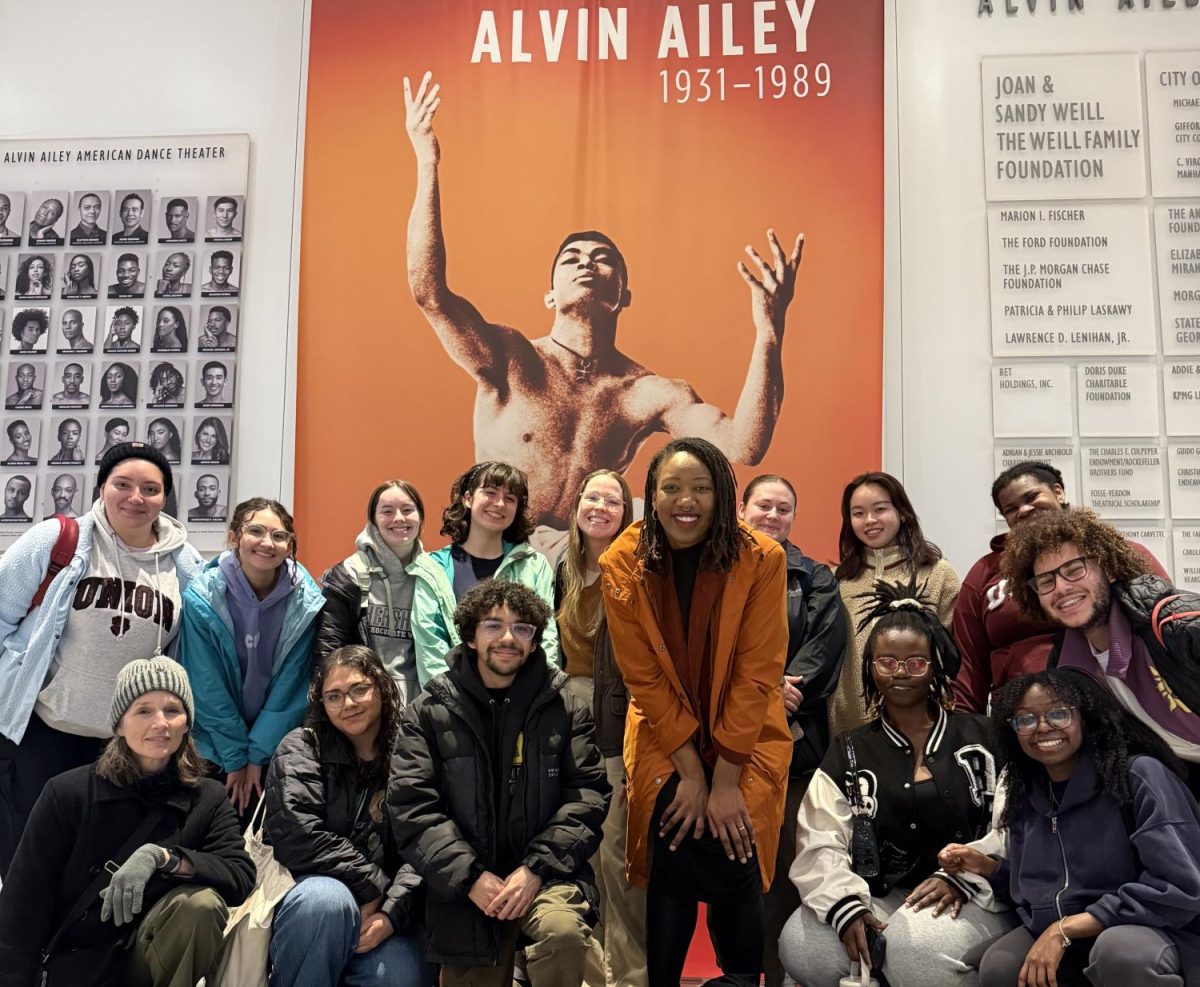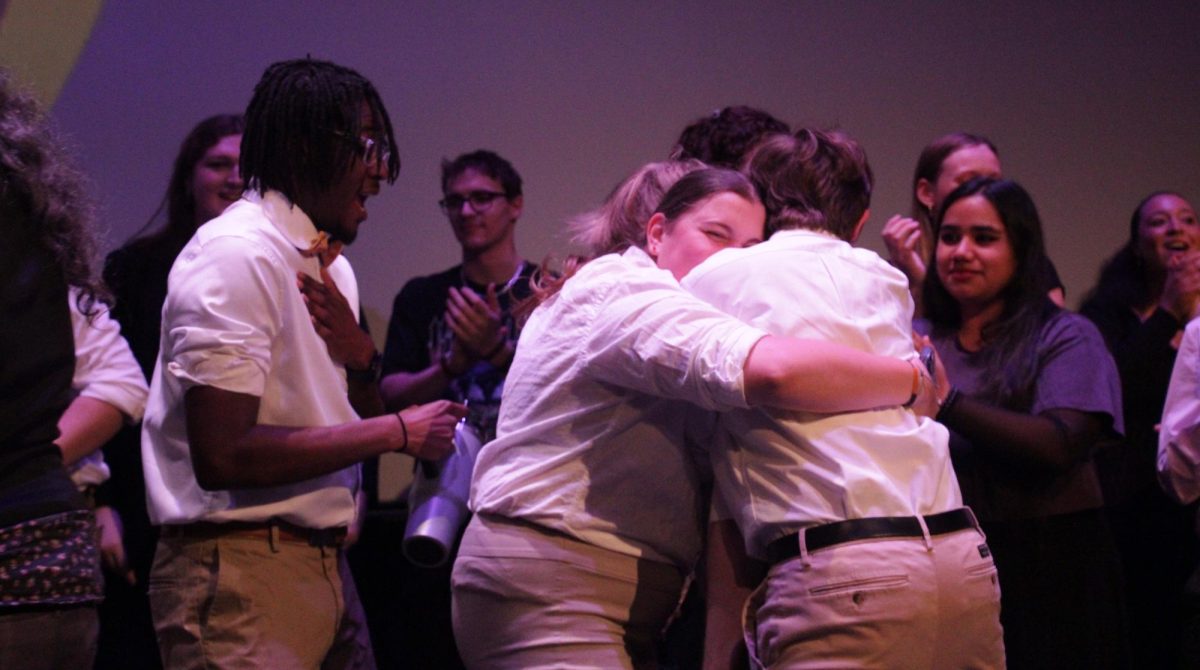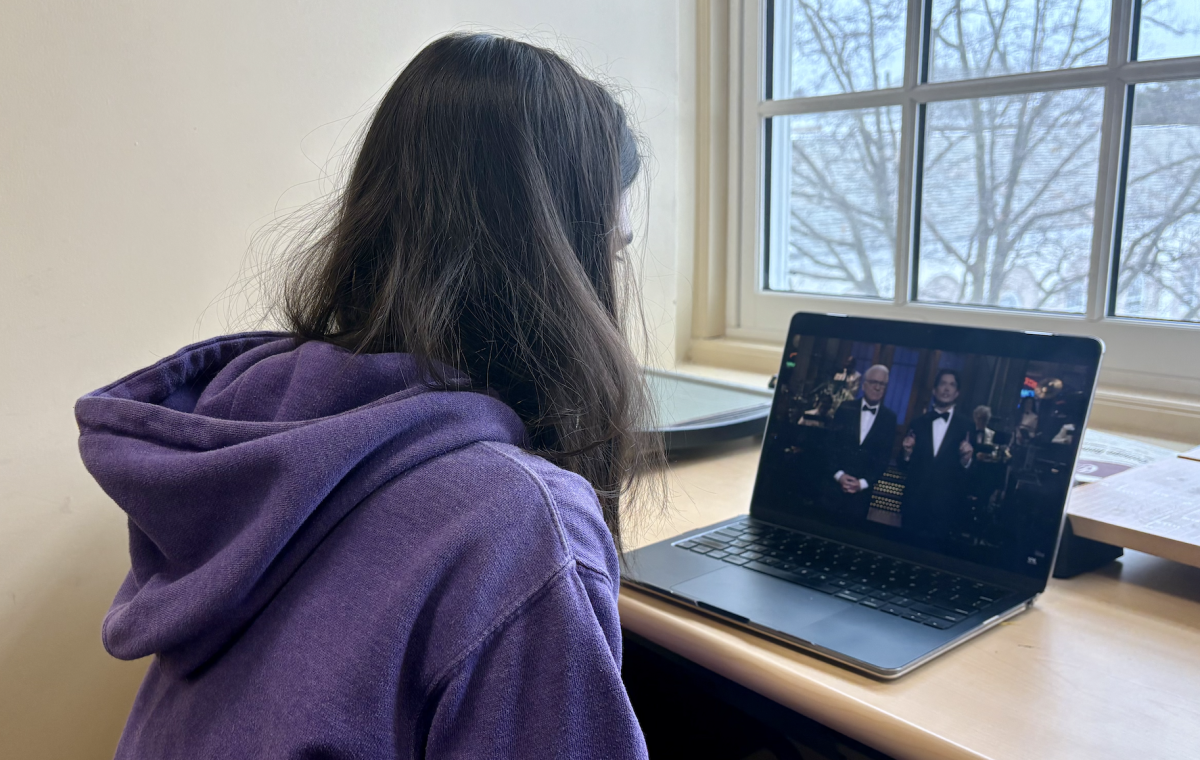Each April, the California desert transforms into a glittering haven of music, fashion, and pop culture—and Coachella 2025 lived up to its legacy, though not without mixed reviews. Held across two weekends—April 11–13 and April 18–20—the festival returned to the Empire Polo Grounds in Indio, California, with an eclectic lineup and even more eccentric aesthetics.
This year’s headliners included Lady Gaga, Post Malone, and Tyla, joined by major acts like Hanumankind, Travis Scott, Ice Spice, and Beabadoobee. Lady Gaga’s performance was especially theatrical, blending new tracks from her album Mayhem with classics like “Bad Romance” and “Poker Face.” Additionally, Tyla made the audience lose their breath with her surprise appearance with Becky G.
Despite the big names, not everyone was impressed. “Even though the hype for Coachella this year is significantly lower than in previous years, I do believe that if they bring in better artists for next year, it will get better,” said Narayani Yogi, Class of 2028. “Also, Coachella is the biggest music festival, so the hype for it will always be there.”
Attendance hovered at around 100,000 people per weekend—consistent with previous years—but many festival goers expressed their dismay over the event’s commercialization, with less focus on groundbreaking music and more on brand deals and content creation. Though most Union students didn’t attend the event itself due to the ongoing Spring term, they had strong opinions through involvement with Coachella through social media platforms.
“It is very entertaining to see how everyone dresses up for the different themes,” said Shravani Kulkarni, Class of 2028. “Even if I didn’t love the music this year, the fashion makes it worth watching.” From desert fairy to glam grunge, the different outfits adorned by people created an Instagrammable atmosphere that enabled students to experience Coachella virtually. “I have never been to Coachella myself, but every year my Instagram feed gets flooded with reels and posts of the performances and so I feel like I am not really missing out,” added Kavita Trivedi, Class of 2027. “It also saves me the money on actually going there.”
A huge part of that aesthetic? Influencer culture. Brands like Revolve, Celsius, and T-Mobile flew out top-tier influencers, who often stayed in luxurious villas and posted coordinated looks long before stepping foot on festival grounds. For some, this added an exciting layer to the experience. For others, it created a feeling of exclusivity and artificiality—leading to the growing sentiment that Coachella is more about optics than authenticity.
Whether it is for the music, the fashion, or the Instagram moments, the festival continues to define modern pop culture. If the event evolves with its audience, it may very well keep that crown for years to come. What are your thoughts on this?


